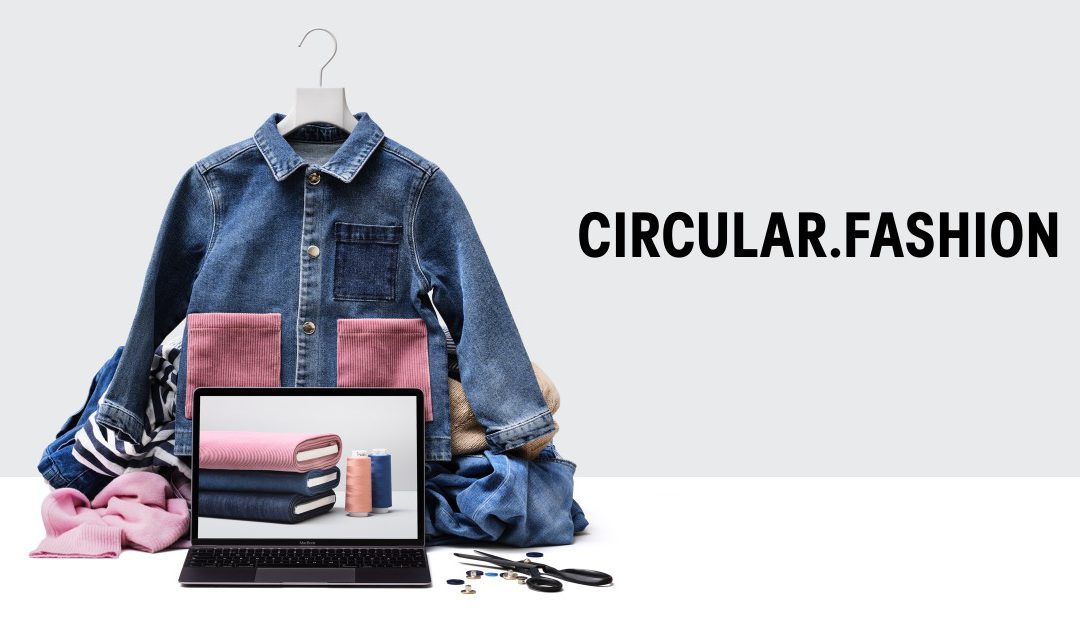Recently, people are paying more attention to how the fashion industry affects the environment, like making too much waste and using up resources. As the world deals with climate change, there’s a big need for the fashion industry to be eco-friendlier. One good idea that’s becoming popular is recycling textiles and using circular fashion principles.
Regular fashion works in a straight line, often called ‘take, make, dispose.’ It uses materials like cotton and polyester to make clothes sold to people. When these clothes are thrown away in landfills or burned, it causes pollution and uses up natural resources.”

Textile Recycling: An Integral Solution
Textile recycling means gathering and processing old clothes to make new stuff. This helps clothes last longer, reduces the need for new materials, and lowers the environmental impact from regular fashion.
There are several key components to an effective textile recycling system:
1. Collection and Sorting: Setting up good ways to collect used clothes is the first step. This can be done by having specific drop-off spots, teaming up with stores, or using creative ideas like clothing banks.
2 Sorting and Processing: Once collected, textiles undergo sorting to separate them based on material type and condition. Advanced technologies are employed to break down fabrics into fibers, which can then be used to create new textiles.
3. Innovation in Recycling Technologies: Research and development in recycling tech are important for making the process better for the environment. New methods like chemical and mechanical recycling show promise in turning old textiles into new fibers.

Circular Fashion Principles
Circular fashion is a
holistic approach that aims to redefine the fashion industry by prioritizing
sustainability and minimizing waste. The circular fashion model emphasizes
three key principles:
1. Design for Longevity: Encouraging designers to create durable, timeless pieces that withstand changing trends and seasons is essential. By focusing on quality and craftsmanship, the fashion industry can reduce the rate of garment disposal.
2. Reuse and Repair: Encouraging consumers to repair and reuse
their clothing contributes to a circular economy. Brands can support this by
providing repair services, creating modular designs, or offering incentives for
returning old garments.
3. Recycling and Upcycling: Integrating recycled materials
into production and upcycling old garments into new, high-quality products are
crucial components of circular fashion. Brands can collaborate with recycling
facilities to source recycled materials and incorporate them into their
collections.

Benefits of Textile Recycling and Circular Fashion
1. Reduction of Environmental Impact: Recycling clothes and using them again helps a lot to make the environment better because it means we don’t have to make new materials, and it stops old clothes from filling up landfills and causing pollution.
2. Job Creation and Economic Opportunities: Making a strong recycling industry gives people more jobs and makes the economy grow. This happens when we collect, sort, and use new technologies to recycle things, making the fashion industry more sustainable and better for the economy.
3. Consumer Awareness and Engagement: Circular fashion is about making smart choices. When you shop, think about how it affects the environment. If you understand recycling and circular fashion benefits, you can help the planet by choosing eco-friendly brands and being mindful of what you buy.
Conclusion
Recycling clothes and circular fashion are changing fashion for the better. When we rethink how we make and use clothes, we help the environment. This shift toward circular fashion is good for everyone and the planet.



Leave a Comment